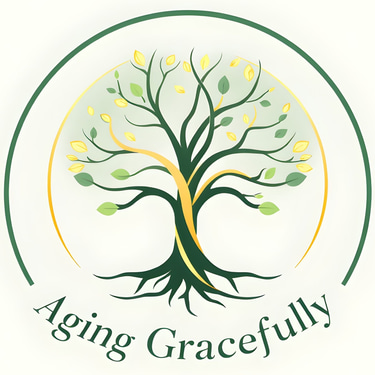Giving everyOne tools in their toolbox and teaching them how to age gracefully
Knowledge is power, turning knowledge INTO action is life changing
Understanding Postural Imbalances: The Crossed Syndromes
This resource is based on insights from Peter Attia’s The Drive podcast Episode #152 – Michael Rintala, D.C.: Principles of Dynamic Neuromuscular Stabilization (DNS) OR Episode #131 – Beth Lewis: The Art of Stability: Learning about pain, mitigating injury, and moving better through life
Maintaining good posture is essential for overall health and efficient movement, yet modern lifestyles often lead to imbalances that affect our bodies. Two common postural issues are Upper Cross Syndrome (UCS) and Lower Cross Syndrome (LCS), which arise from muscle tightness and weakness caused by habits like prolonged sitting, screen time, and repetitive movements. UCS is characterized by a forward head and rounded shoulders due to tight chest and upper back muscles, paired with weak neck flexors and mid-back muscles. LCS involves an exaggerated lower back curve, weak glutes and abdominals, and tight hip flexors and lower back muscles. These syndromes can cause pain, reduce mobility, and increase injury risk if left uncorrected. Fortunately, targeted stretching and strengthening exercises can restore muscle balance, improve posture, and promote long-term health. Small daily habits, such as adjusting workstation ergonomics and incorporating corrective movements, play a vital role in prevention and maintaining optimal posture for a pain-free, active life.
Aging Gracefully101
Empowering health and vitality at every stage.
others' Resources to improve health
© 2024. All rights reserved.


